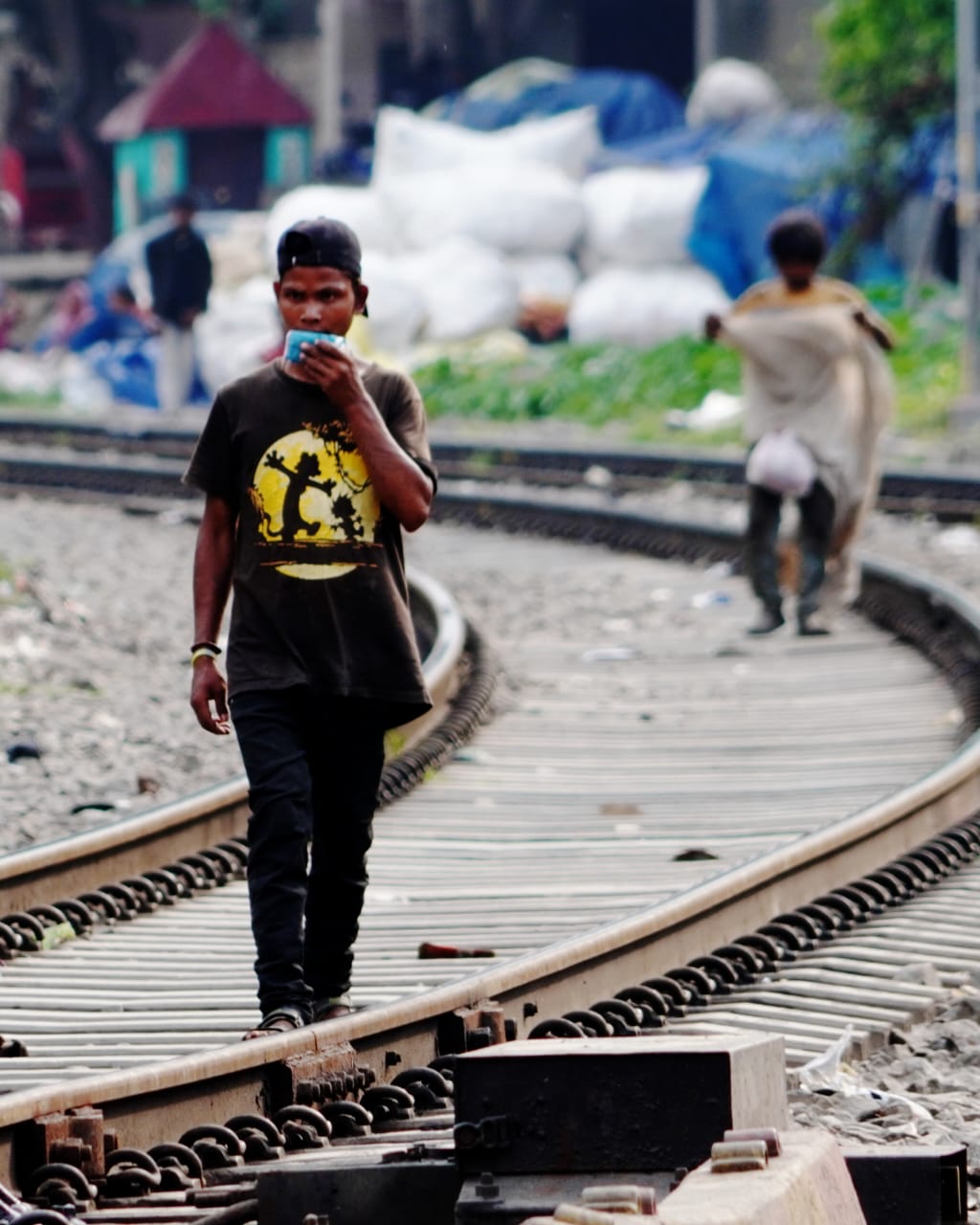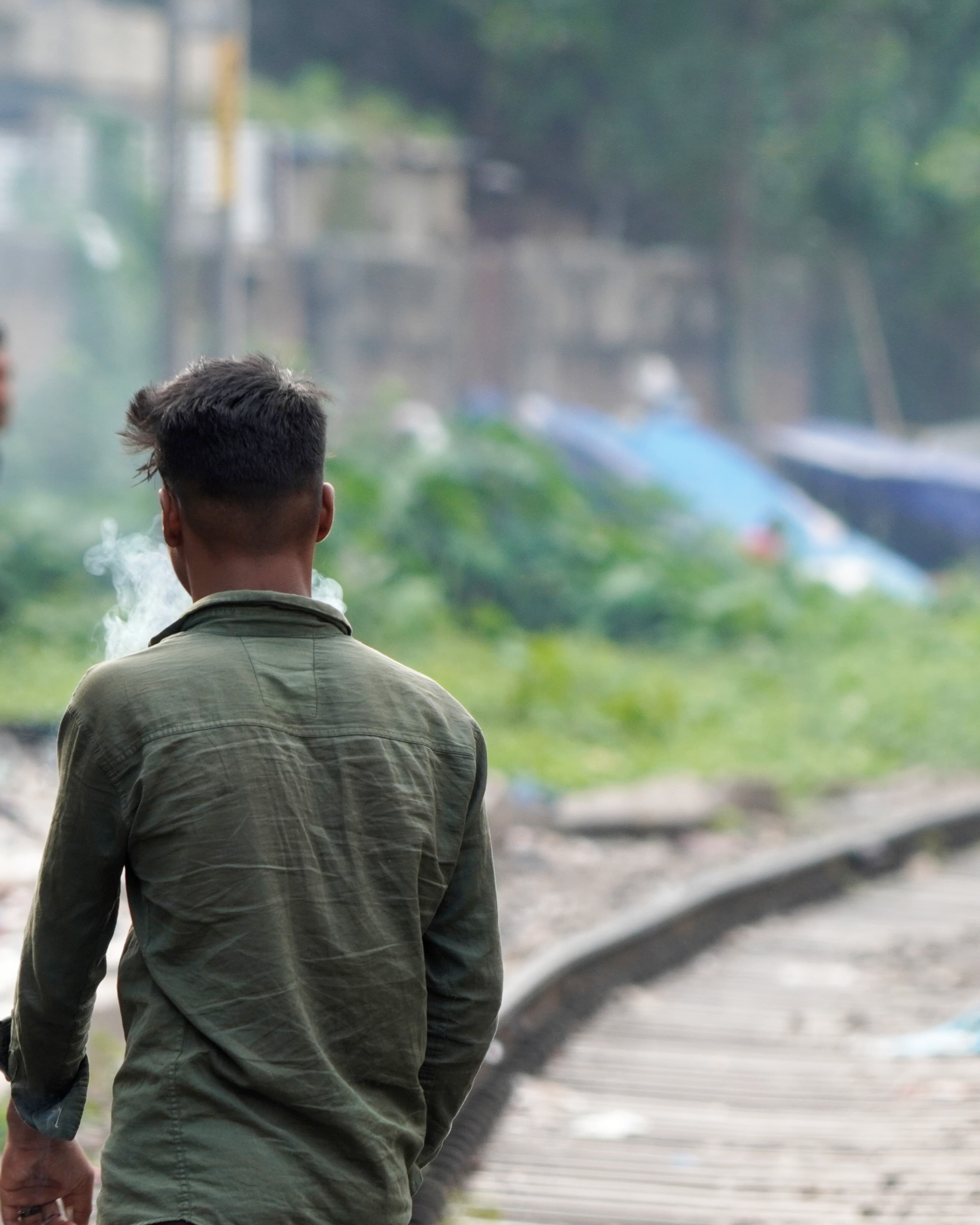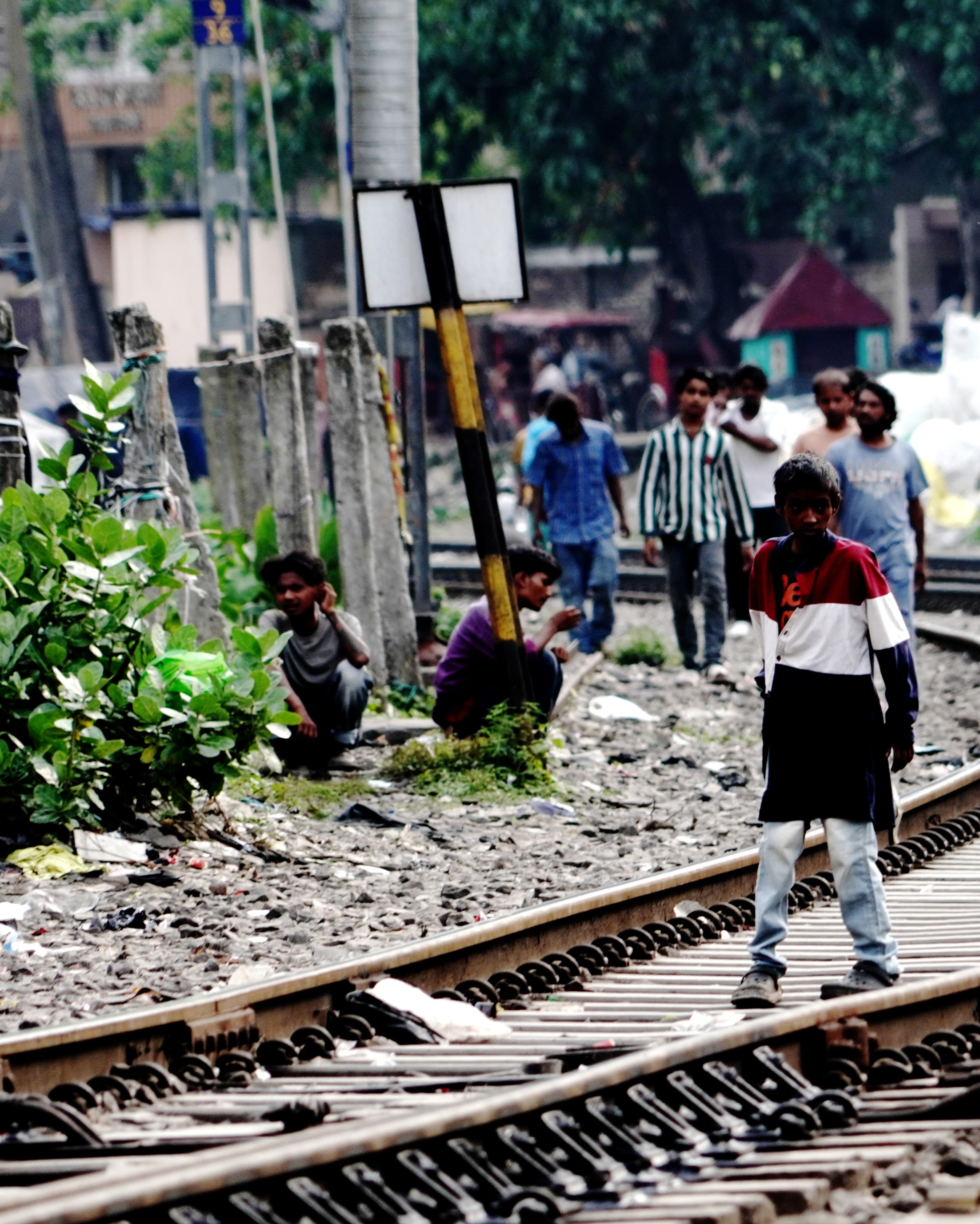Police and the Social Welfare Department have launched occasional drives to identify and help addicted children, but lack of consistent follow-up limits their effectiveness
In the heart of Assam, the vibrant city of Guwahati is experiencing a disturbing trend that threatens the well-being of its youngest population—substance abuse among small children. Once thought to be a problem affecting only adolescents and adults, substance abuse is now increasingly reported among children as young as 5 to 12 years old. This issue reflects deep-rooted social, economic, and psychological challenges that demand immediate attention from authorities, NGOs, parents, and the community at large.
ALSO READ: Legal Threats Fall Flat As Guwahati Desiltation Plan Sinks In Inaction
Recent reports and surveys conducted by child rights organisations and social workers in Guwahati have highlighted the presence of substance abuse even among primary school-aged children. These children are often seen inhaling substances such as correction fluids, glue and adhesives, petrol, other volatile solvents, and smoking cannabis (in some older children). These substances are generally cheap, accessible, and mostly easy to hide. Many children are introduced to them by peers, older street children, or even family members who are themselves addicted.
“The majority of affected children are mostly street children, child labourers, or children living in slums or underprivileged areas like Bhootnath, Bharalumukh, and areas around the railway station. Sometimes, orphaned or abandoned children, or those from broken families or homes affected by alcoholism and domestic violence, also become addicted to such substances,” says Fr. Sebastian of the Centre for Child Rights, Snehalaya, Paltan Bazaar.

“Many of these children use substances to escape from hunger, trauma, or abuse. They often lack access to proper nutrition, education, and emotional care,” says Dr. Mridula, a psychiatrist from Guwahati, in an interaction with GPlus. “It’s not just children living in slums who get addicted—I have many children from well-known families taking harmful drugs. And then the families come seeking assistance,” adds Dr. Mridula.
“There are various reasons why small children become addicted at a young age. The struggle for survival leads many to the streets, where they fall into the trap of addiction. Older addicted children or local gangs often encourage younger ones to use drugs. Moreover, children exposed to domestic violence or substance abuse by family members may turn to drugs as a coping mechanism. Most of these children do not understand the health consequences of substance abuse. Nowadays, items like glue, paint thinners, and whiteners are sold freely without regulation.

“We come across various children in the Fancy Bazar market area. They come there begging for money. Most of them live in slums near railway gate number 4 and have become addicted to harmful drugs. Some inhale adhesives and glue along with smoking cannabis. We try our best to stop this. At times, we also inform the child helpline and urge the public to do so,” says a senior police official from the Fancy Bazar Police Outpost.
Dr. P. Deka, a surgeon addressing the severity of the issue, says, “Addiction gives rise to chronic respiratory issues, brain damage, malnutrition, and premature death. It also leads to anxiety, depression, hallucinations, and long-term cognitive impairment. Moreover, many addicted children are drawn into petty theft, drug trafficking, or other crimes. Substance abuse deprives them of a safe, nurturing, and educational environment—robbing them of a future.”
Several local NGOs and child welfare organisations across the city have taken steps to combat this crisis. Snehalaya, Assam Don Bosco University, and Childline Guwahati have been active in rescuing street children and rehabilitating them through shelter homes and counselling. Awareness campaigns in schools and slums aim to educate both children and parents about the dangers of substance abuse. Police and the Social Welfare Department have launched occasional drives to identify and help addicted children, but lack of consistent follow-up limits their effectiveness.

However, challenges remain that hamper the efforts of authorities in the field. Assam lacks rehabilitation facilities specifically for children. Government funding is insufficient for effective policymaking. Social stigma also prevents families from seeking help. Moreover, gaps in law enforcement related to the sale of inhalants and weaknesses in child protection laws have worsened the problem.
Now the question arises—what can be done? Stronger regulation of substances like glue, whitener, and petrol—limiting their sale to children—can help secure a brighter future for children in the slums. The government must expand de-addiction and counselling centres tailored for children. Street children should be included in education and nutrition programmes. Proper training for police and social workers in child-friendly approaches to addiction recovery has become the need of the hour. Local leaders, shopkeepers, and residents must actively report and support children at risk.
Substance abuse among small children in Guwahati is not merely a law-and-order problem—it is a humanitarian crisis. It reflects a systemic failure to protect the most vulnerable section of society. Immediate and collaborative action is necessary, involving government agencies, civil society, and local communities to rescue these children from a path of destruction and offer them a life of dignity, health, and hope.



